Cwm Prysor Viaduct
Cwm Prysor Viaduct
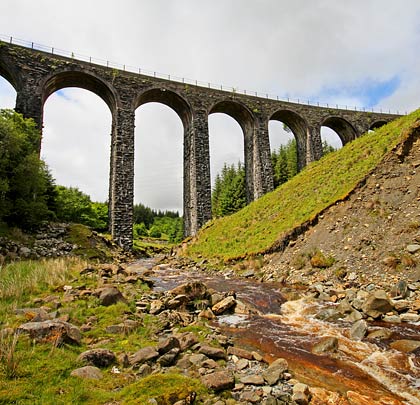
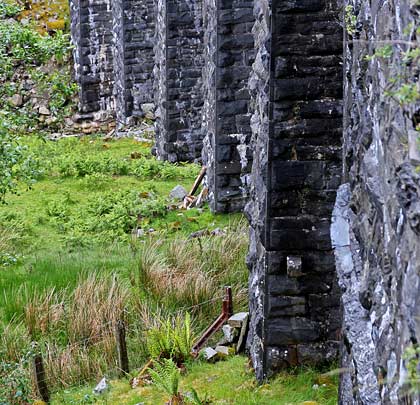
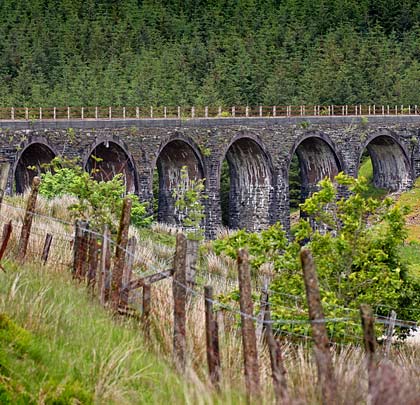
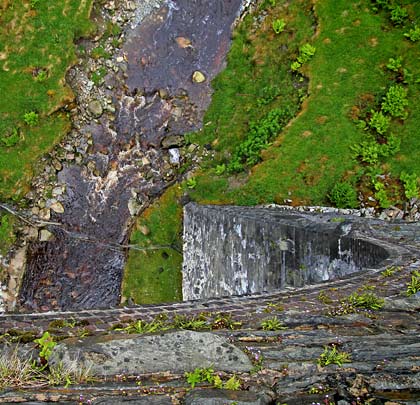
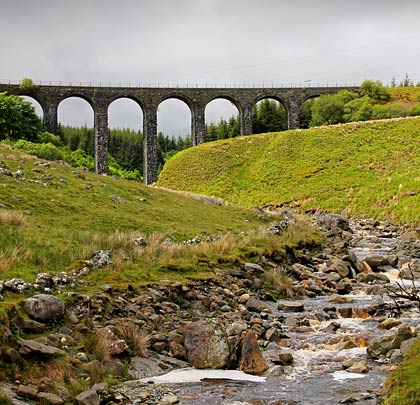
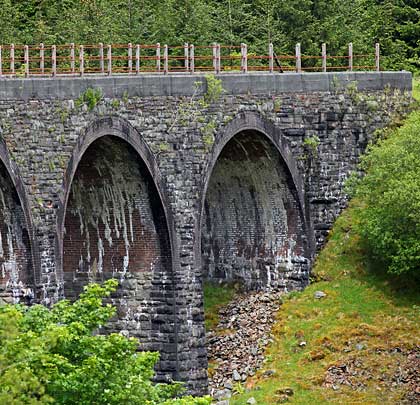
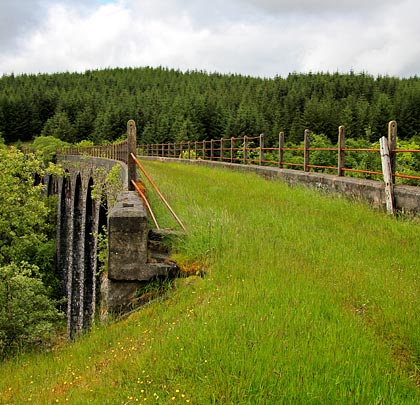
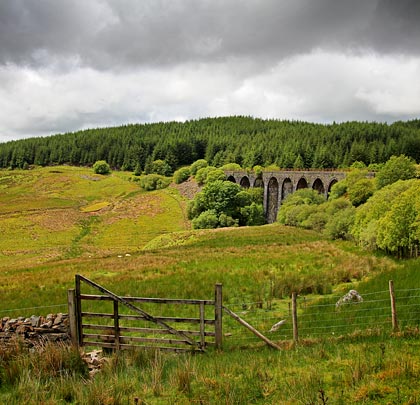
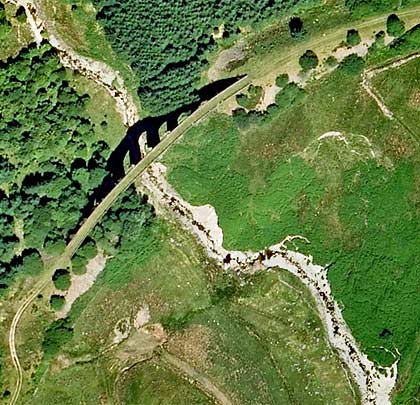
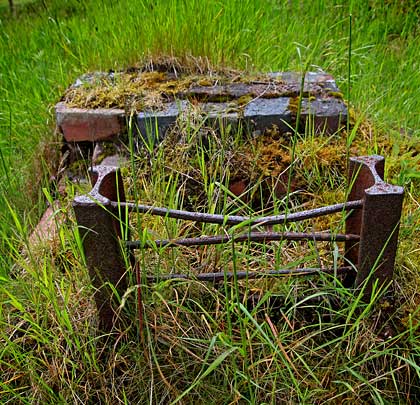
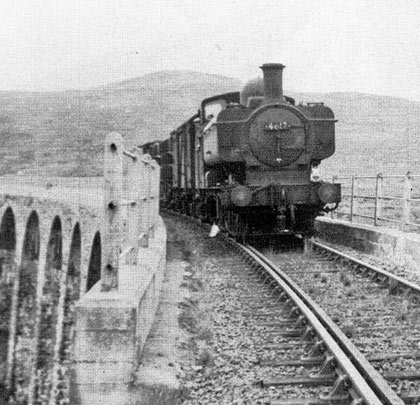
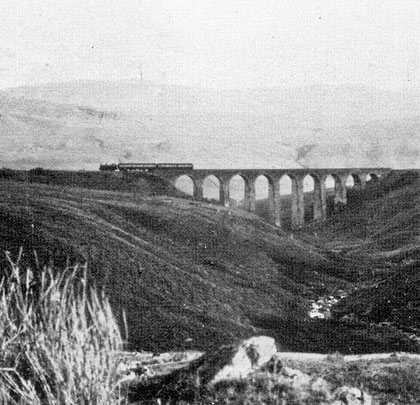
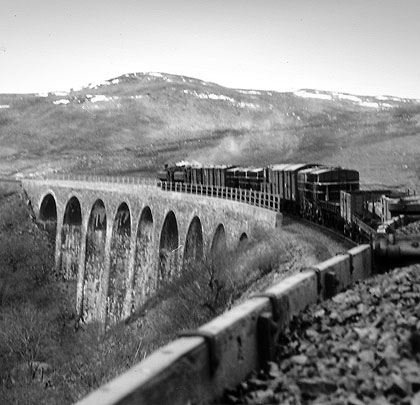













The 25-mile Bala & Festiniog Railway ran through consistently bleak terrain, linking a number of isolated communities. Thus there was no prospect of profitable intermediate traffic; instead the line was driven to create a southerly route to market for high-volume slate, although this failed to come up to expectations. The construction costs of £190,000 were met by a number of other railway companies whose coffers would ultimately benefit, notably the Great Western.
When it opened on 1st November 1882, the northern terminus was at Llan Ffestiniog where goods were trans-shipped from a narrow gauge line to Blaenau Ffestiniog. But this had already been acquired for conversion and the first standard gauge train made the journey into Blaenau on 10th September 1883. 1910 marked the Great Western’s acquisition of the line.
The gradients were challenging, although they didn’t exceed 1:50 at any point. Cwm Prysor marked the summit, 1,278 feet above sea level. Here the line was accommodated on a ledge cut high on the hillside and crossed the valley on a viaduct, the route’s biggest engineering feat.
Curving gently to the south, it comprises nine arches and is a little over 150 yards in length. It reaches a height of 105 feet above a stream that flows through the centre span. The piers and spandrels are stone-built whilst the arches are in brick. Concrete sections form the lower part of the parapets; these are topped by post-and-rail fences.
In the 1950s, plans were deposited for a reservoir which would flood the valley, taking with it the village of Capel Celyn and a section of the railway. Although a deviation was surveyed, the decision to close the line was not a difficult one with meagre traffic receipts dwindling. The last train – a freight service – made its way south on 27th January 1961.
Although plenty of vegetation has taken hold, the viaduct has enjoyed the protection of a Grade II listing since February 2004. A permissive path now crosses it following an agreement between the Snowdonia National Park Authority and the landowner.







